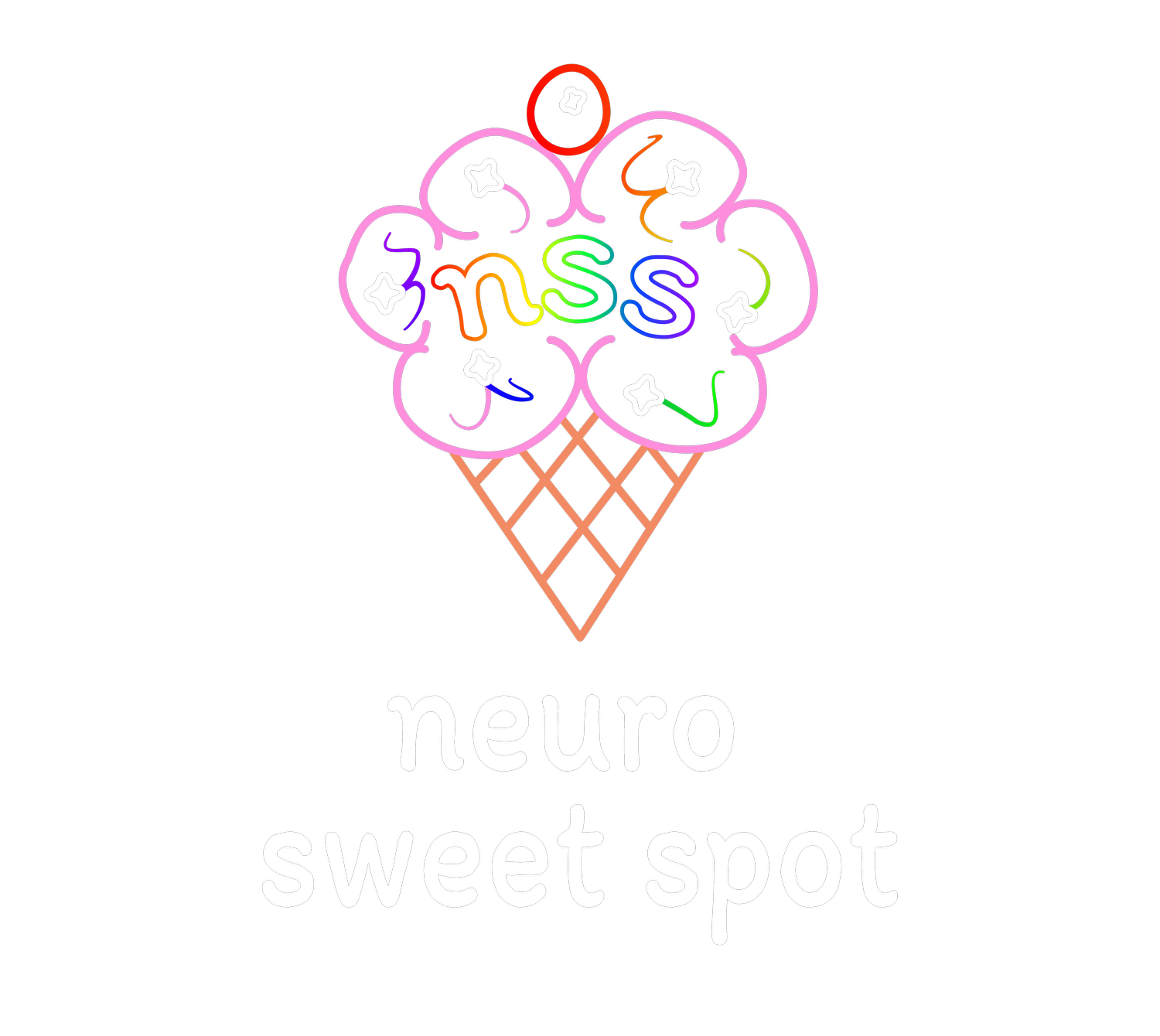
Education and Tools for Parents Learning about Neurodivergence For Their Kids
Creating a Neurodivergent-Friendly Learning Environment
Simple Strategies to Make Your Classroom More Inclusive
+ Run More Smoothly
💡 Low-Cost & No-Cost Classroom Modifications: Why They Work
Neurodivergent students often experience sensory processing differences, meaning certain environments increase cognitive load and make learning harder. Simple adjustments can significantly reduce stress on the nervous system, improving focus and engagement.
Flexible seating (floor cushions, standing desks, wiggle stools) provides movement-based regulation, helping students with ADHD and sensory needs stay engaged.
Dim lighting or lamp options minimize sensory overload, as fluorescent lights can be overstimulating for autistic and sensory-sensitive students.
Safe spaces for quiet work help students who experience auditory processing challenges or anxiety regulate their nervous system before re-engaging.
📅 Structured Routines WITH Flexibility: The Neuroscience of Predictability
Predictability lowers stress hormones (cortisol) and provides a sense of safety, especially for autistic students and those with trauma histories.
Visual schedules provide a cognitive anchor, reducing executive function demand.
Previewing transitions allows the brain to process upcoming shifts, reducing fight-or-flight responses.
Offering small choices keeps a sense of control, activating the prefrontal cortex (which helps with emotional regulation).
🎧 Sensory-Friendly Classroom Design
Our brains constantly process sensory input, and for neurodivergent students, this can be overwhelming.
White noise machines or headphones help students with auditory sensitivities focus by filtering out background noise.
Weighted objects or fidgets provide deep pressure stimulation, helping regulate the autonomic nervous system.
Calming corners activate the parasympathetic nervous system (rest-and-digest mode), reducing stress levels and meltdowns.

